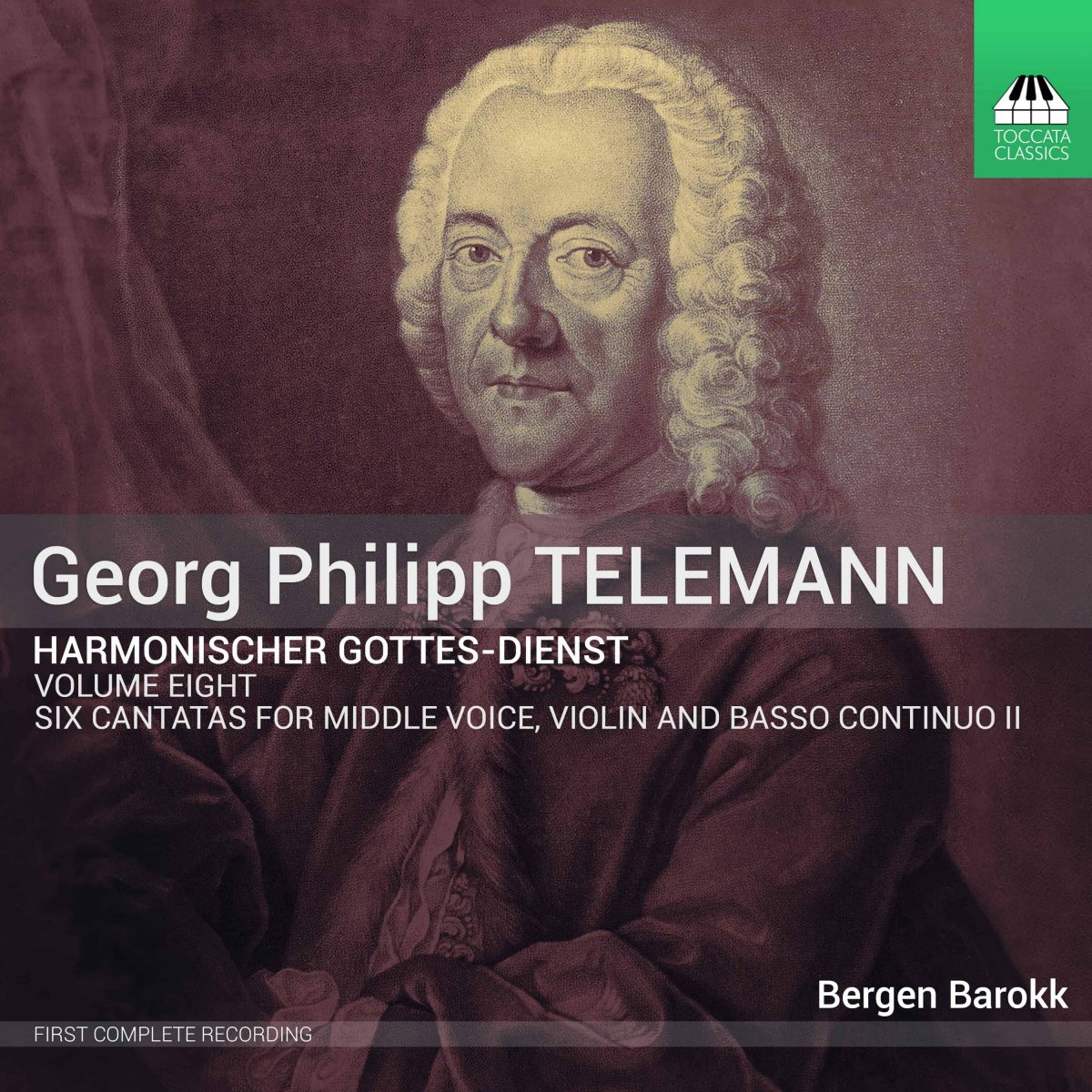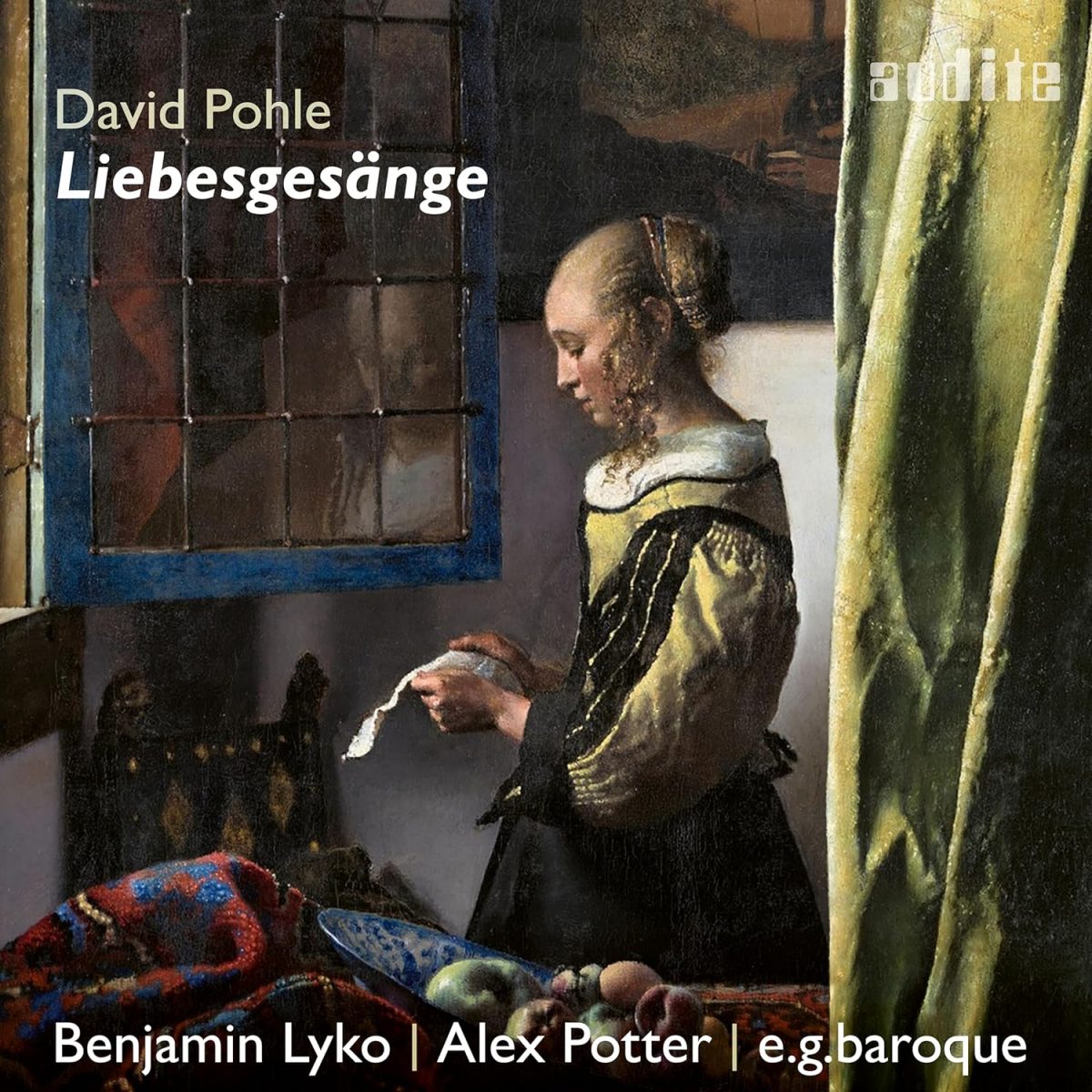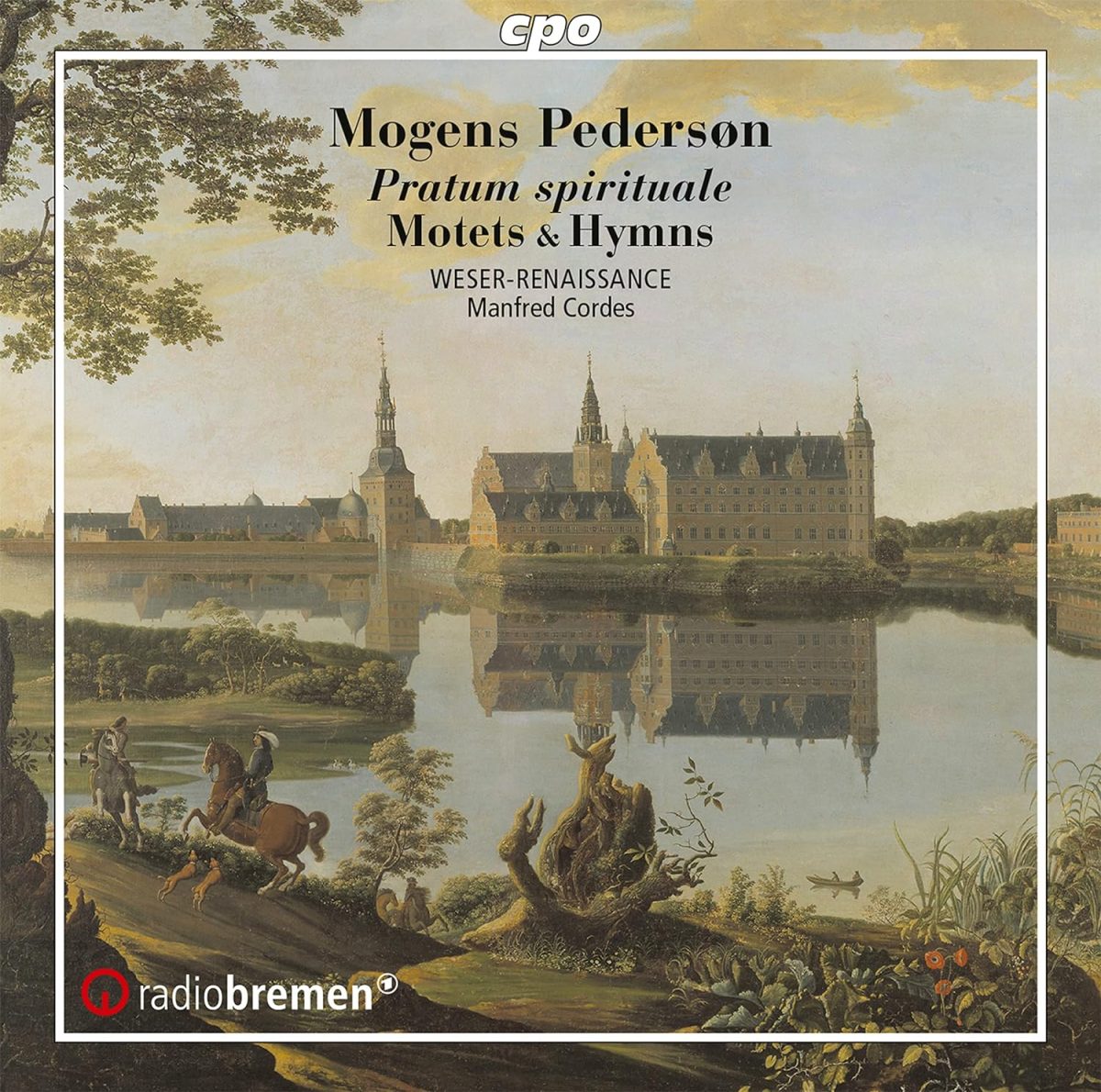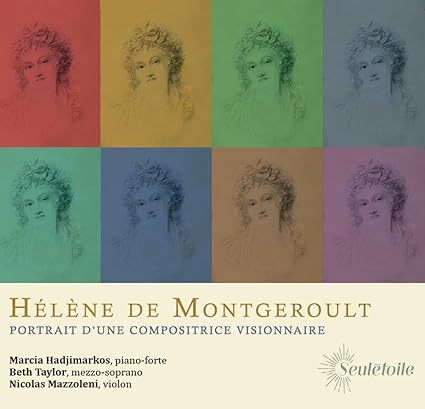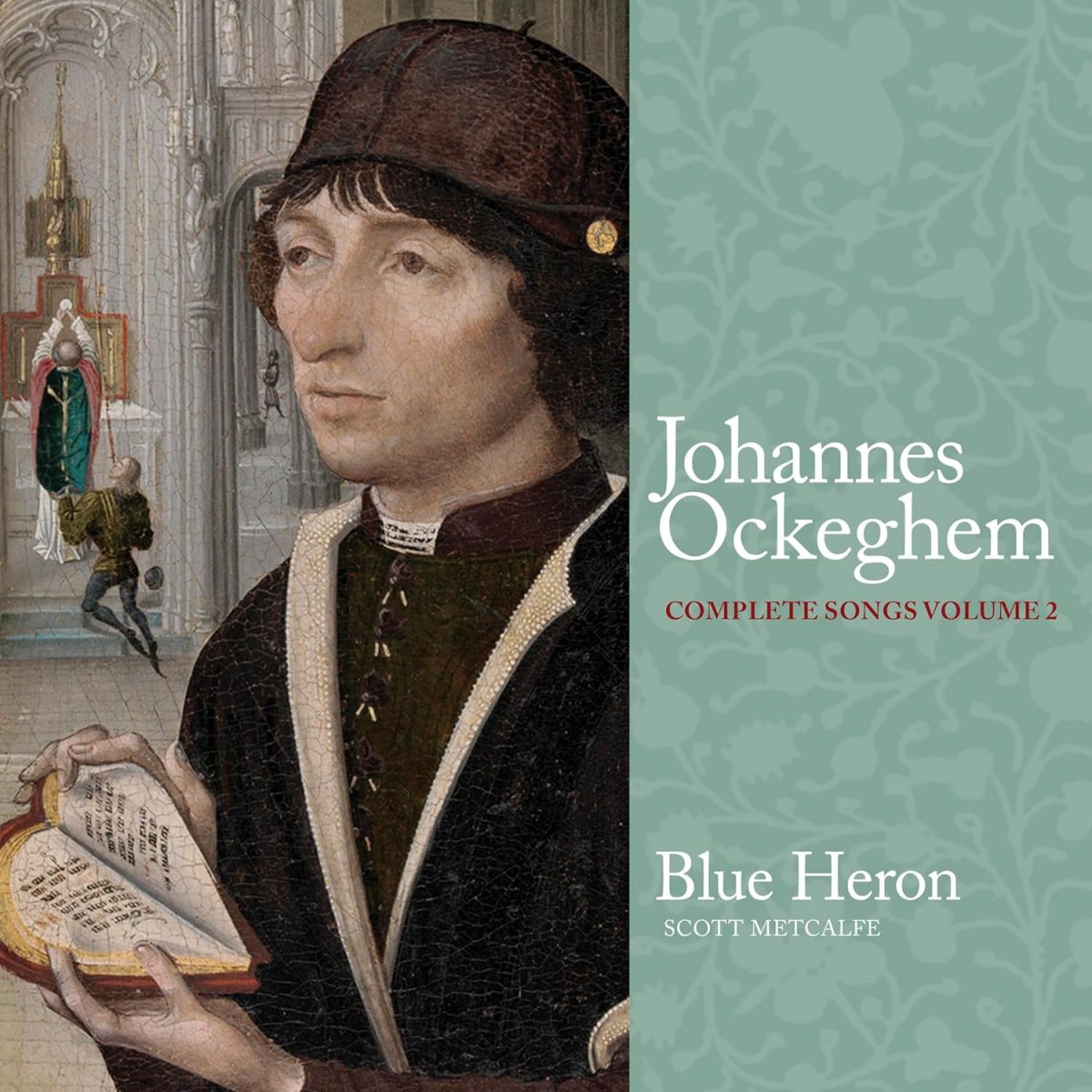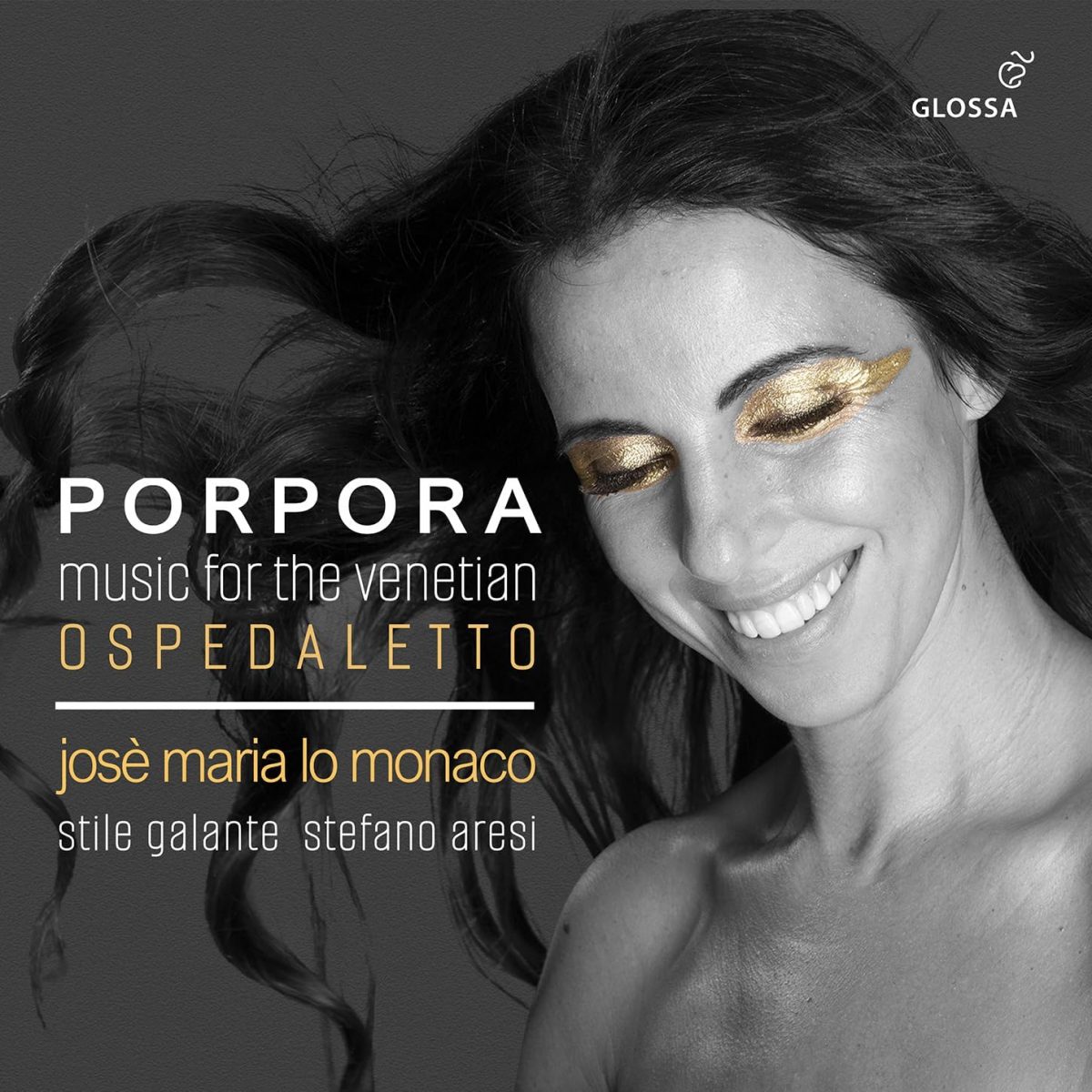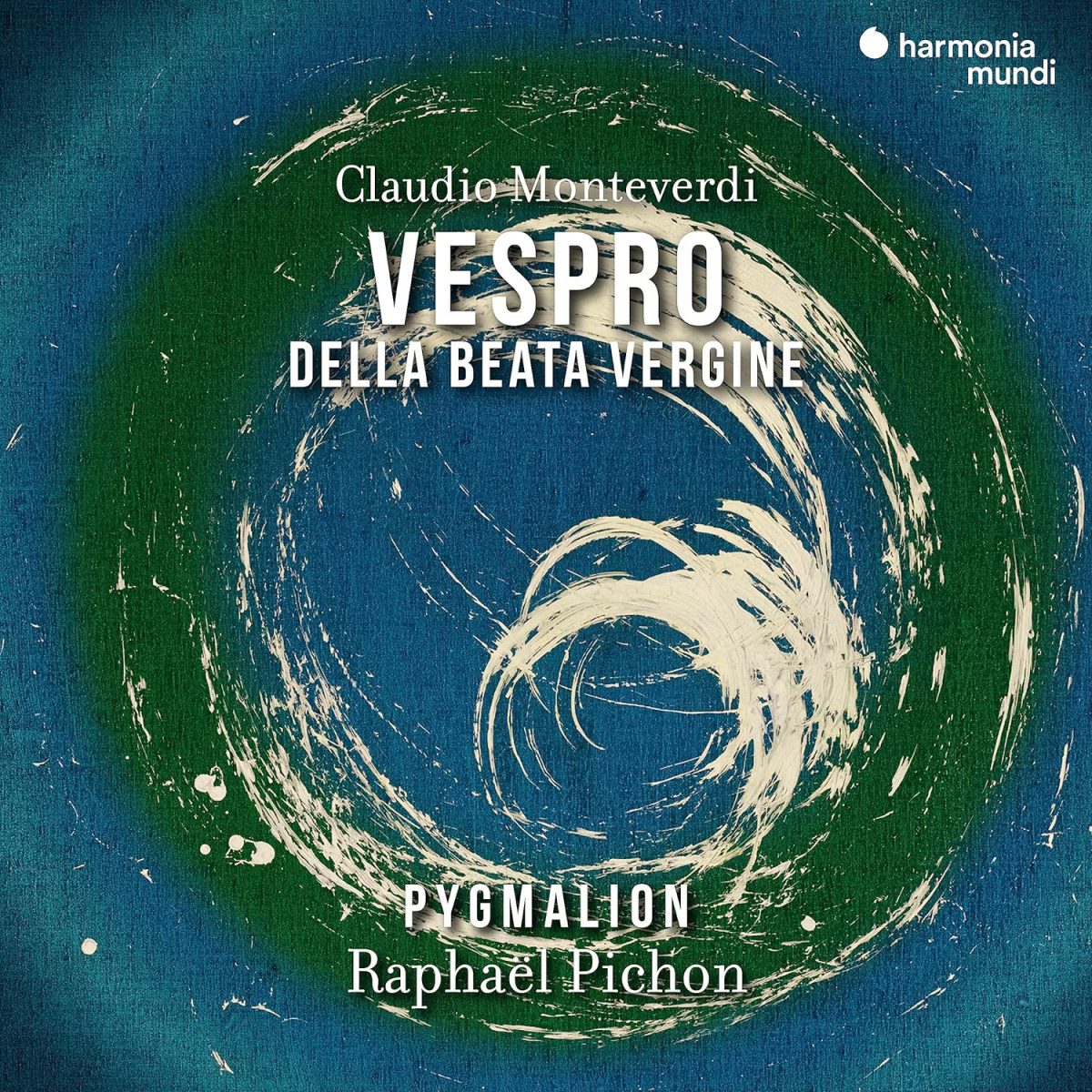Marianne Beate Kielland, Bergen Barokk
65:51
Toccata Classics TOCC 0266
This is the eighth instalment of this noteworthy project to record the complete cycle of the Harmonischer Gottesdienst, a wonderfully crafted and mellifluous cycle of 72 chamber cantatas from 1725/6, which are firmly couched in the Scriptures, and have the multi-function trait of being ideal for moralistic, musical accompaniment to a sermon, or suitable for domestic worship, and even musical home practice. Although the CD indicates there is one premiered piece, you would have to buy about four or five CDs to cover all these works in one go (Dux, Enchiriadis, Canterino=Brilliant classics) so several of these will be new to many listeners. What better endorsement would one need, than Handel’s? |You can hear why he chose to examine and indeed use some of the melodic content found here. The responsive mezzo-soprano tackles these pieces with just the right attack in her declamation, delivering some wonderful moments, with clever modulations and increased intensity when required. The violin (the back-up instrument if recorder and oboe players weren’t available) makes a perfect partner to this well-honed, mid-ranged voice, and the rest of the ensemble offer admirable supporting roles.
While the texts of the first and third cantatas may even be from Telemann’s own quill, the vast majority were written by the jurist and literatus Mathaeus Arnold Wilckens (1704-59), an obviously gifted 21-year-old. This would not be the last time Telemann approached young Hamburg poets of high quality. There are a few textual nuances to observe in Andrus Madsen’s translation: for example, in German, “Lust” as a singular noun tends to be a positive (joy or pleasure), while in the plural it equates more to vice and debauchery. There are several others but focussing on them might detract from the thoroughly satisfying performances on the disc, so let me just say: caveat lector!
The CD booklet contains a rather splendid essay on Telemann and Neumeister by Sjur Haga Bringeland, an important working relationship which yielded some four or five cycles. One has to question what it is doing here, though – while it is useful page-filler, it has nothing to do with the music on the disc.
As one progresses through these fine sparkling gems of spiritual music, one feels the dramatic effects and cogency, perfectly set to some engaging music, so well suited for their intended purpose. The opera composer is not very far away either. This is a really worthy addition to Toccata Classics’ on-going survey of Telemann’s music.
David Bellinger
